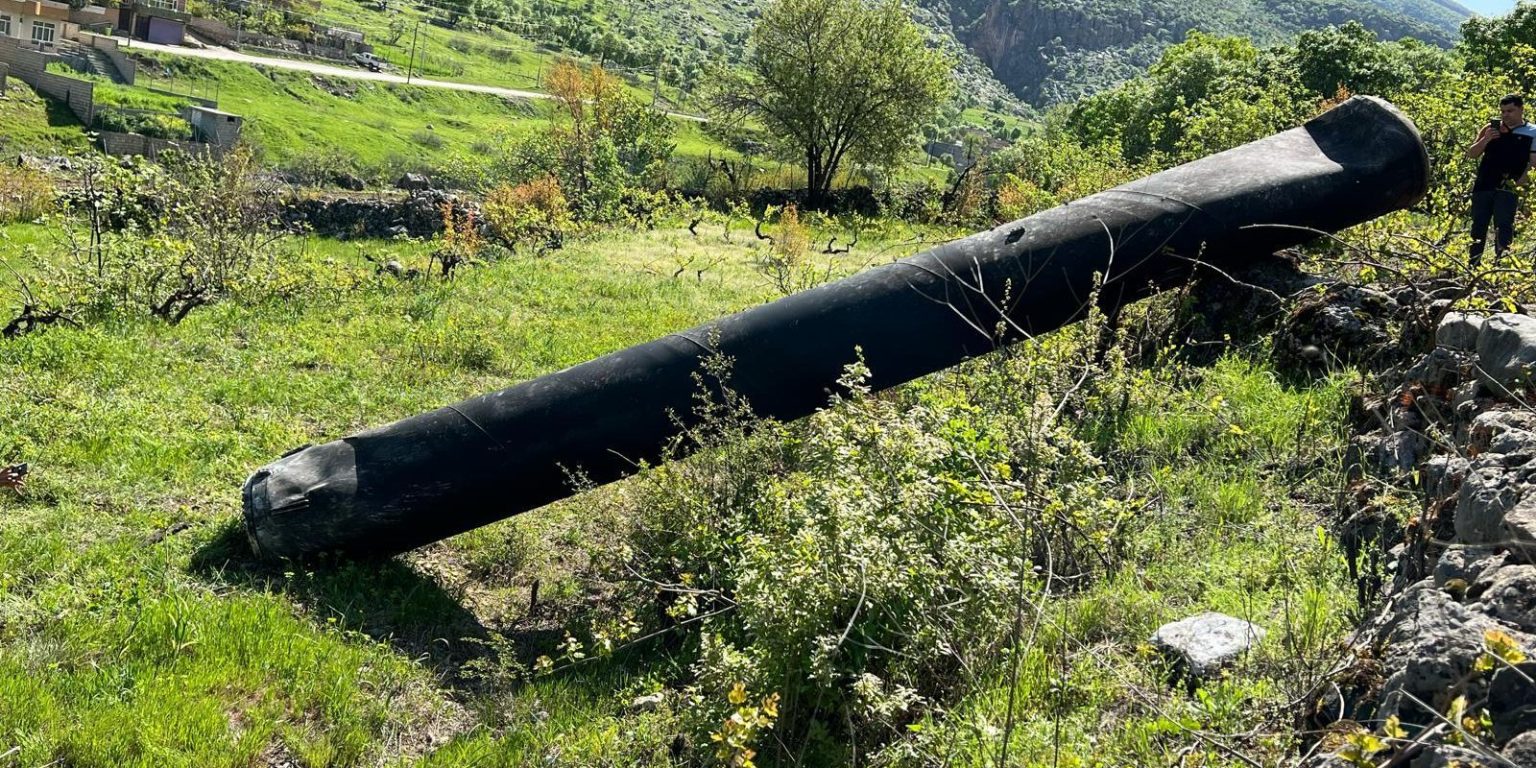U.S. leads in intercepting Iranian drones, missiles

U.S. leads in intercepting Iranian drones, missiles
The United States outperformed Israel in intercepting Iranian drones and missiles on Saturday night during Iran’s attack, as reported by The Intercept.
The U.S. military successfully destroyed over half of Iran’s weapons before they could reach Israel, showcasing a multinational air defense operation that involved American fighter jets. The operation extended from northern Iraq to the southern Persian Gulf, with contributions from the U.S., U.K., France, and Jordan in intercepting the majority of Iranian drones and missiles.
Details about the U.S. military’s involvement are not widely known, as the Pentagon coordinated the regionwide defense operation discreetly. According to U.S. military sources, preliminary estimates indicate that around half of Iran’s weapons encountered technical issues, with American forces intercepting the majority of the remaining threats.
A senior U.S. Air Force officer shared, “U.S. intelligence suggests that approximately half of the weapons launched by Iran malfunctioned at some point during launch or flight.” The officer, speaking anonymously due to the sensitivity of operational details, emphasized the significant role played by the U.S. in intercepting Iranian threats.
Despite queries about the U.S. intercepting a substantial portion of Iran’s drones and missiles, responses from the Israel Defense Forces, the White House National Security Council, and the Pentagon were pending at the time of publication. U.S. Central Command referred to a press release highlighting the successful engagement and destruction of numerous Iranian one-way attack uncrewed aerial vehicles and ballistic missiles intended for Israel from Iran and Yemen.
Israel says that more than 330 drones, low-flying cruise missiles, and ballistic missiles were launched by Iran, including some 30 Paveh-type cruise missiles, 180 or so Shahed drones, and 120 Emad intermediate-range ballistic missiles, as well as other types of weapons. All of the drones and cruise missiles were launched from Iranian territory, Israel says. Some additional missiles were also launched from inside Yemen, according to IDF data.
Most media reports say that none of the cruise missiles or drones ever entered Israeli airspace. According to a statement by IDF spokesperson Adm. Daniel Hagari, some 25 cruise missiles “were intercepted by IAF [Israeli Air Force] fighter jets outside the country’s borders,” most likely over Jordanian territory.
Israel’s statement that it shot down the majority of Iranian “cruise missiles” is probably an exaggeration. According to U.S. military sources and preliminary reporting, U.S. and allied aircraft shot down the majority of drones and cruise missiles. U.K. Prime Minister Rishi Sunak said that the Royal Air Force Typhoons intercepted “a number” of Iranian weapons over Iraqi and Syrian airspace.
READ ALSO: Iran launches drone attack on Israel, Israeli airspace closed (Update)
The Jordanian government has also hinted that its aircraft downed some Iranian weapons. “We will intercept every drone or missile that violates Jordan’s airspace to avert any danger. Anything posing a threat to Jordan and the security of Jordanians, we will confront it with all our capabilities and resources,” Jordan’s Foreign Minister Ayman Safadi said during an interview on the Al-Mamlaka news channel.
French fighters also shot down some drones and possibly cruise missiles.
U.S. aircraft, however, shot down “more than” 80 Iranian weapons, according to U.S. military sources. President Joe Biden spoke with members of two F-15E Strike Eagle aircraft squadrons to “commend them for their exceptional airmanship and skill in defending Israel from an unprecedented aerial attack by Iran.” Two F-15 squadrons — the 494th Fighter Squadron based at Royal Air Force Lakenheath in the United Kingdom, and the 335th Fighter Squadron from Seymour Johnson Air Force Base in North Carolina — are forward deployed to the Middle East, at least half of the planes at Muwaffaq Salti Air Base in Jordan.
Two U.S. warships stationed in the Mediterranean — the USS Carney (DDG 64) and the USS Arleigh Burke (DDG 51) — shot down at least six ballistic missiles, the Pentagon says. The War Zone is reporting that those ships may have fired Standard Missile 3 (SM-3) interceptors in combat for the first time. A U.S. Army Patriot surface-to-air missile battery in Erbil, Iraq, shot down at least one ballistic missile. Wreckage of an Iranian missile was also found outside Erbil, as well as in an open area outside the province of Najaf.
Iran’s attack marks the first time since 1991 that a nation state has attacked Israel directly. Contending with extremely long distances and utilizing scores of decoys and swarm tactics to attempt to overwhelm Middle East air defenses, Iran managed to hit two military targets on the ground in Israel, including Nevatim Air Base. According to the IDF, five missiles hit Nevatim Air Base and four hit another base. Despite the low number of munitions successfully landing, the dramatic spectacle of hundreds of rockets streaking across the night sky in Syria, Iraq, and Iran has left Tehran contented with its show of force.
Iran “has achieved all its goals, and in our view the operation has ended, and we do not intend to continue,” Mohammad Bagheri, chief of staff of the Iranian armed forces, said over the weekend. Still, he cautioned, “If the Zionist regime or its supporters demonstrate reckless behavior, they will receive a decisive and much stronger response.”
The U.S. coordinated the overall operation from the Combined Air Operations Center at Al Udeid Air Base in Qatar, where the overall commander was Lt. Gen. Alexus G. Grynkewich, the air commander of CENTCOM. “We take whatever assets we have that are in theater … under our tactical control or in a direct support role across the joint force and the coalition, and we stitch them together so that we can synchronize the fires and effects when we get into that air defense fight,” Grynkewich told Air & Space Forces Magazine after the Iran attack. “We’re trying to stitch together partners in the region who share a perspective of a threat, share concern of the threats to stability in the region — which primarily emanate from Iran with a large number of ballistic missiles — and be in a position where we’re able to share information, share threat warning. And the ultimate goal is to get to a much deeper and fuller integration. We’ve made tremendous progress.”
In a call immediately following Iran’s attack, Biden reportedly told Israeli Prime Minister Benjamin Netanyahu that “Israel really came out far ahead in this exchange” and warned of the “risks of escalation” — as if that hadn’t already happened.





